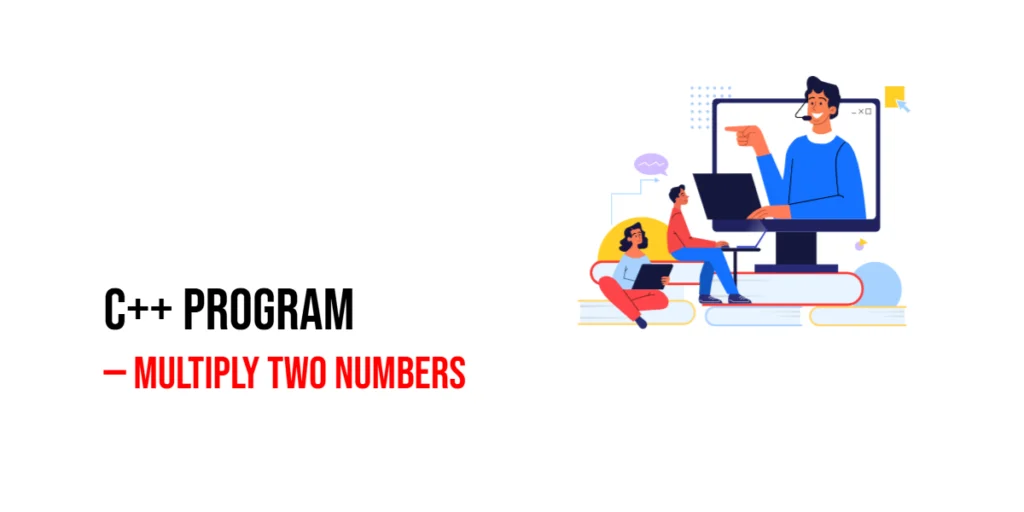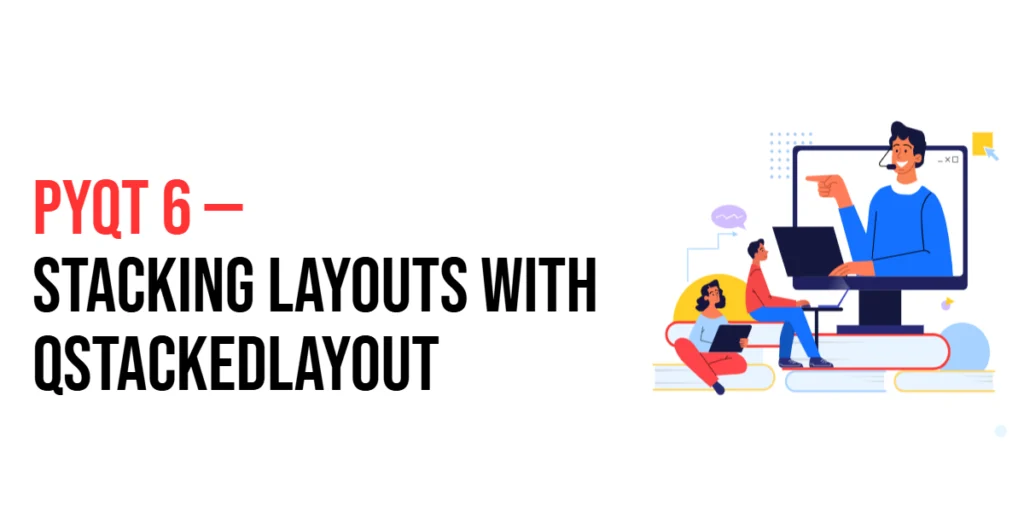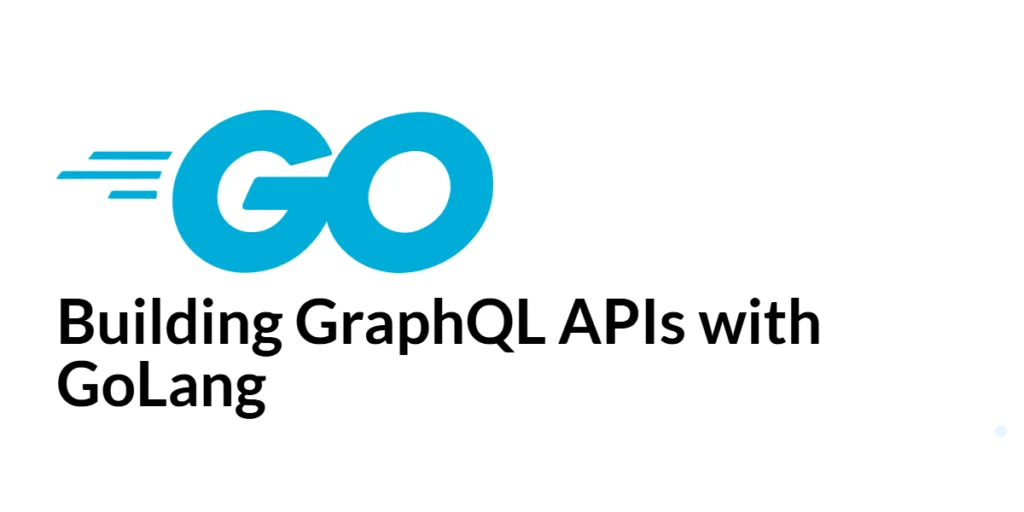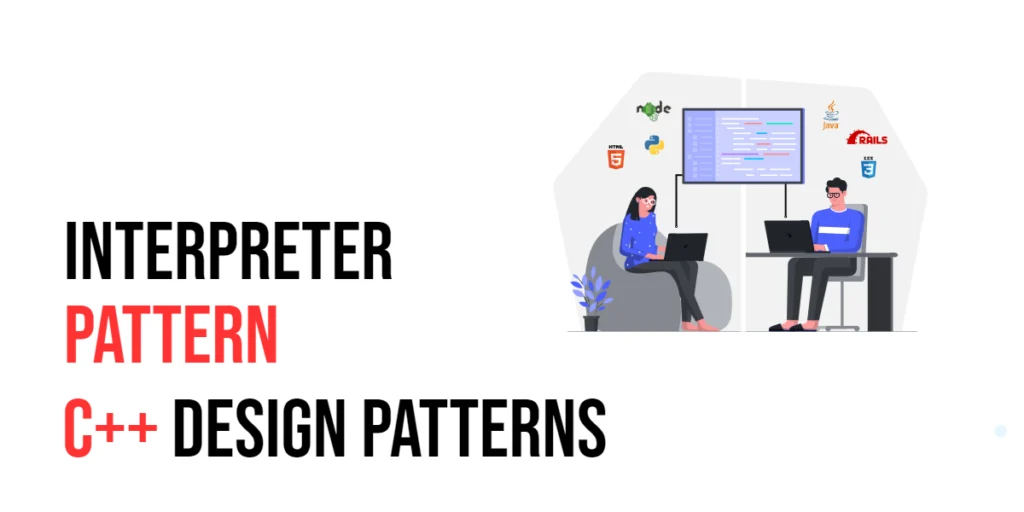Learning C++ is both exciting and rewarding, and one of the first programs many beginners write involves multiplying numbers. Multiplication is a fundamental arithmetic operation used everywhere—from simple calculators to more complex software applications like billing systems, games, and scientific computations. Writing a C++ program to multiply two numbers introduces beginners to variables, input/output, arithmetic operations, and basic programming logic. This makes it an excellent first step for anyone starting their programming journey.

with hands-on learning.
get the skills and confidence to land your next move.
Program 1: Multiply Two Numbers Entered by the User
This program takes two numbers from the user and calculates their product, helping beginners learn how to handle input and perform multiplication.
#include <iostream>
using namespace std;
int main() {
int num1, num2, product;
cout << "Enter the first number: " << endl;
cin >> num1;
cout << "Enter the second number: " << endl;
cin >> num2;
product = num1 * num2;
cout << "The product of " << num1 << " and " << num2 << " is " << product << endl;
return 0;
}In this program, the user enters two numbers, which are stored in variables num1 and num2. The program then calculates their product and displays the result. This approach is useful for beginners to practice working with variables, user input, and arithmetic operations. Understanding this simple multiplication logic lays the foundation for more complex calculations later.
Program 2: Multiply Two Numbers Using a Function
This program demonstrates how to use a function to multiply two numbers, making the code reusable and organized.
#include <iostream>
using namespace std;
int multiplyNumbers(int a, int b) {
return a * b;
}
int main() {
int num1, num2;
cout << "Enter the first number: " << endl;
cin >> num1;
cout << "Enter the second number: " << endl;
cin >> num2;
int product = multiplyNumbers(num1, num2);
cout << "The product of " << num1 << " and " << num2 << " is " << product << endl;
return 0;
}Here, the multiplication is done inside a function called multiplyNumbers. Using a function keeps the code clean and demonstrates the importance of reusable code blocks. Beginners learn how to define functions and call them, which is essential for writing efficient programs and understanding structured programming.
Program 3: Multiply Decimal Numbers
This program shows how to multiply decimal numbers using float variables, which is helpful for calculations that require precision.
#include <iostream>
using namespace std;
int main() {
double num1, num2, product;
cout << "Enter the first number: " << endl;
cin >> num1;
cout << "Enter the second number: " << endl;
cin >> num2;
product = num1 * num2;
cout << "The product of " << num1 << " and " << num2 << " is " << product << endl;
return 0;
}This program works like Program 1 but uses double variables to allow decimal numbers. Beginners can see how changing the data type allows the program to work with fractions, which is important for real-world applications like financial calculations or scientific measurements.
Program 4: Multiply Two Numbers Without User Input
This program multiplies numbers that are already defined in the code, making it simpler for beginners to focus on multiplication logic.
#include <iostream>
using namespace std;
int main() {
int num1 = 8;
int num2 = 12;
int product = num1 * num2;
cout << "The product of " << num1 << " and " << num2 << " is " << product << endl;
return 0;
}In this version, the numbers are assigned directly to variables. The program calculates their product and displays it immediately. This approach helps beginners understand multiplication without worrying about user input and input errors, making it easier to focus on the arithmetic operation itself.
Program 5: Multiply Two Numbers Without Using Variables
This program multiplies two numbers directly and displays the result, making it the simplest way for beginners to see multiplication in action.
#include <iostream>
using namespace std;
int main() {
cout << "The product of 5 and 10 is " << 5 * 10 << endl;
return 0;
}In this program, we directly multiply the numbers 5 and 10 inside the cout statement. There are no variables used, so the result is displayed immediately. This approach is helpful for absolute beginners to understand the multiplication operator (*) and see the output quickly.
Program 6: Multiply Numbers Stored in Variables Without Storing Product
This program stores numbers in variables but calculates and displays the product directly, helping beginners see how multiplication works with variables.
#include <iostream>
using namespace std;
int main() {
int num1 = 6;
int num2 = 7;
cout << "The product of " << num1 << " and " << num2 << " is " << num1 * num2 << endl;
return 0;
}In this program, num1 and num2 hold the numbers, but the product isn’t stored in a separate variable. Instead, the multiplication happens directly inside the cout statement. This is useful for beginners because it shows that you don’t always need a separate variable for the result, making code shorter and demonstrating the flexibility of C++ arithmetic operations.
Program 7: Multiply Numbers with One Stored in a Variable and One Direct
This program demonstrates how to multiply a number stored in a variable by a number used directly, showing flexibility in multiplication operations.
#include <iostream>
using namespace std;
int main() {
int num1 = 8;
cout << "The product of " << num1 << " and 5 is " << num1 * 5 << endl;
return 0;
}In this program, num1 holds one number, while 5 is used directly in the multiplication. The product is calculated inside the cout statement without storing it in a separate variable. This helps beginners understand that you can mix variables and direct values, making code concise while still clear.
Program 8: Multiply More Than Two Numbers
This program shows how to multiply more than two numbers in sequence, teaching beginners how multiplication works with multiple values.
#include <iostream>
using namespace std;
int main() {
int num1 = 2;
int num2 = 3;
int num3 = 4;
int product;
product = num1 * num2 * num3;
cout << "The product of " << num1 << ", " << num2 << ", and " << num3 << " is " << product << endl;
return 0;
}In this program, we multiply more than two numbers by chaining the multiplication operation. The values of num1, num2, and num3 are multiplied together, and the result is displayed. This helps beginners understand that multiplication can involve multiple numbers, and they can practice by adding more numbers or changing values to see how the product changes.
Frequently Asked Questions (FAQ)
This section answers common questions beginners have about multiplying numbers in C++, helping clarify doubts and strengthen understanding.
Q1: What is a variable in C++?
A variable stores data in your program. For example, num1 and num2 hold numbers in our multiplication programs. Each variable has a type, like int for whole numbers or double for decimals.
Q2: Can I multiply more than two numbers?
Yes! You can multiply multiple numbers using chained multiplication operations, as shown in Program 8.
Q3: What happens if I multiply a decimal by an integer?
C++ automatically converts the integer to a decimal temporarily, so the multiplication works correctly. For example, multiplying 2 (int) by 2.5 (double) gives 5.0.
Q4: Why use functions for multiplication?
Functions help organize code and make it reusable. Instead of repeating multiplication logic, you can call a function whenever needed.
Q5: Can these programs run without a computer?
No. A C++ compiler like Code::Blocks, Visual Studio, or online IDEs is needed to execute the code.
Q6: What are common beginner mistakes?
Beginners may use the wrong data type, forget cin for input, or miswrite cout for output. Testing the program step by step helps identify these mistakes.
Conclusion
Multiplying numbers in C++ is simple yet essential, and these programs teach beginners important concepts like variables, data types, arithmetic operations, input/output, and functions. Practicing these examples helps you build a strong foundation and prepares you for more complex programming tasks. Experimenting with different values, chaining multiple numbers, and using functions will strengthen your understanding of C++ arithmetic operations.
Additional & References
For beginners who want to continue learning and practicing, the following resources are highly recommended:
- C++ Documentation – Official resource for understanding syntax, functions, and data types in detail.
- TutorialsPoint C++ Tutorial – Beginner-friendly tutorials with step-by-step examples.
- GeeksforGeeks C++ Guide – Offers practical tips, code snippets, and explanations to reinforce learning.







